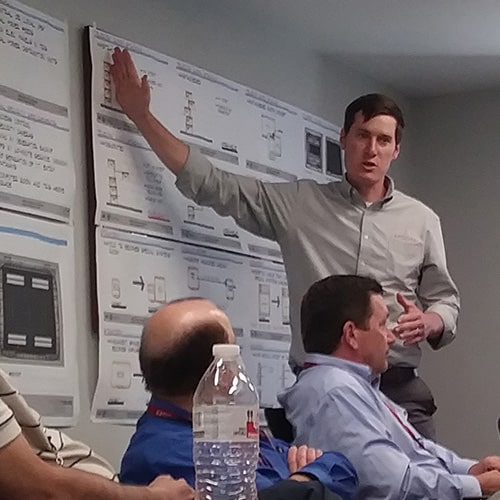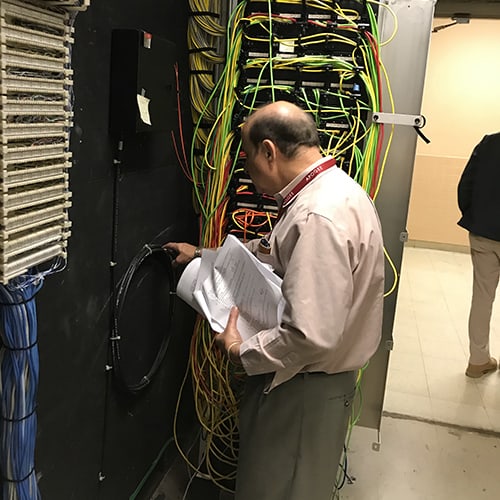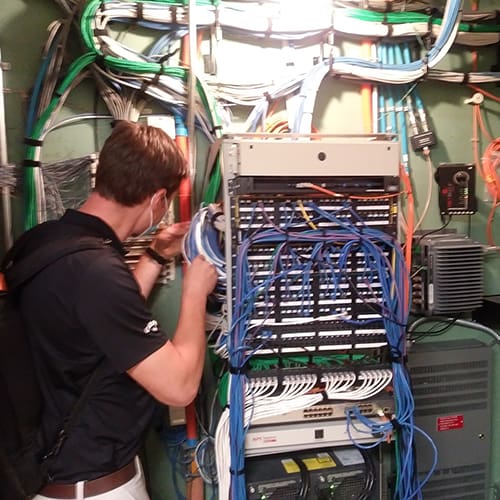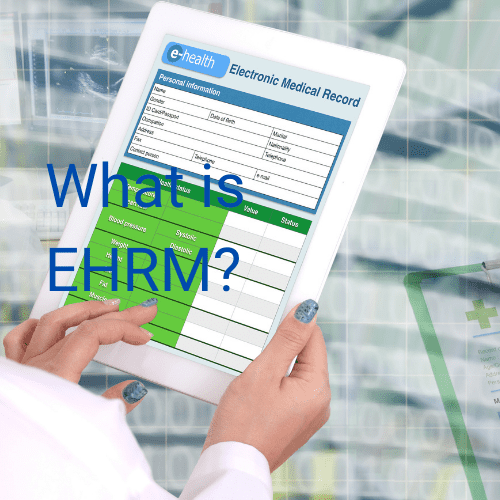By Cullen S. Keen, AIA, ACHA, EDAC, SEPS
Healthcare Planner / Architect
When I was first asked by our Electrical Department Manager, Josh VandenEnde, to run a design charrette for an Electronic Health Record Modernization (EHRM) project, what went through my mind was “Why would you need an architect specializing in healthcare planning for that?” How little I understood at that moment of the criticality for proper planning in such an effort.
Several EHRM projects later, it has thoroughly sunk in. These are not just technology projects. They require rapid assessment of hospital functional and infrastructural fabric to discover where we can displace existing functions with the least impact on hospital operations while still meeting the current guidance for technology. They need team effort among various disciplines.
The VA recognizes the challenge of these dated systems and the impasse it will cause as the agency deploys a new robust electronic health record program. Therefore, VA recently mandated that all facilities perform substantial upgrades to the telecommunications infrastructure. These EHRM upgrades will reset the telecommunications infrastructure to a modern system that can support an ever-changing landscape of technology for years to come with redundancy and resiliency to protect against both natural disaster and deliberate damage.
But what is really involved in an EHRM infrastructure upgrade? Why is it a multi-discipline issue? Here’s a not-so-brief summary of what is involved:
- It starts with internet service. EHRM wants redundant service – two service providers, two distinct routes into the campus, and two fiber entry rooms running server to the main computer room.
- Redundant fiberoptic loops are needed among the building, encased with concrete duct banks, with those loops separated by 50 or more feet to prevent both loops from being damaged by a single event.
- Upgrades must happen in the main computer room for new servers that will run the electronic health record system.
- Dual fiber must be run to each telecommunications room throughout the campus. The intent is for the fiber runs to have distinct routes, preventing both fibers from being damaged by a single incident.
- Most buildings will need more than one telecommunications room per floor. This is dictated by ethernet cable length, which should not exceed 100 meters from switch to port. The VA has a second requirement that any building over 10,000 square feet needs two rooms.
- Telecommunications rooms need to be sized for access and growth. Often, VA facilities are dealing with small closets right now. The goal is rooms that allow access around the racks and twice as much rack space as the known demand.
- Telecommunications rooms need redundant power supply running to each rack and redundant cooling systems.
- Cable from the telecommunications rooms to every data port must be upgraded to CAT 6 or better. While some VA structures have already begun upgrading their cable, most VA medical centers have a variety of existing cables.
- Running the new cable requires new cable tray routed through already congested ceiling space. The new cable is larger and must be in place before old cable can be removed; therefore, the existing cable tray cannot be used for the new cable.
- Data ports get replaced along with the cable.
Achieving the new infrastructure standards for EHRM is “invasive” to say the least. The technology side alone is dauting and disruptive to the facility. Essentially every space in the facility will be touched as part of an EHRM project. New cable to every data outlet. New fiber runs through the hospital. New duct bank throughout the campus. All while supporting hospital operations.
The planning puzzle requires analysis of the existing functions to discover locations for the new rooms that provide adequate coverage for the hospital with minimal disruption of functions. Apogee has established an analysis approach that we present to VA stakeholders in an interactive review. As those locations are confirmed or adjusted, we begin surveying the existing conditions at each location.
Each new telecommunications room is a miniature project tied to the broader technology project. Since most campuses will have 30 to 50 new rooms, that’s a lot of “projects” to design. Successfully pulling all these individual pieces together into a cohesive design package depends on collaborative effort among the design team.
EHRM is ambitious, a challenge for both the VA stakeholders and the multi-discipline design team, but the end will support technological improvements for years to come.

Engineer Josh VandenEnde presents EHRM scope to stakeholders

Engineer Riyad Bannourah inspects new installation of data cabling

An Apogee team member surveys existing conditions for EHRM project





